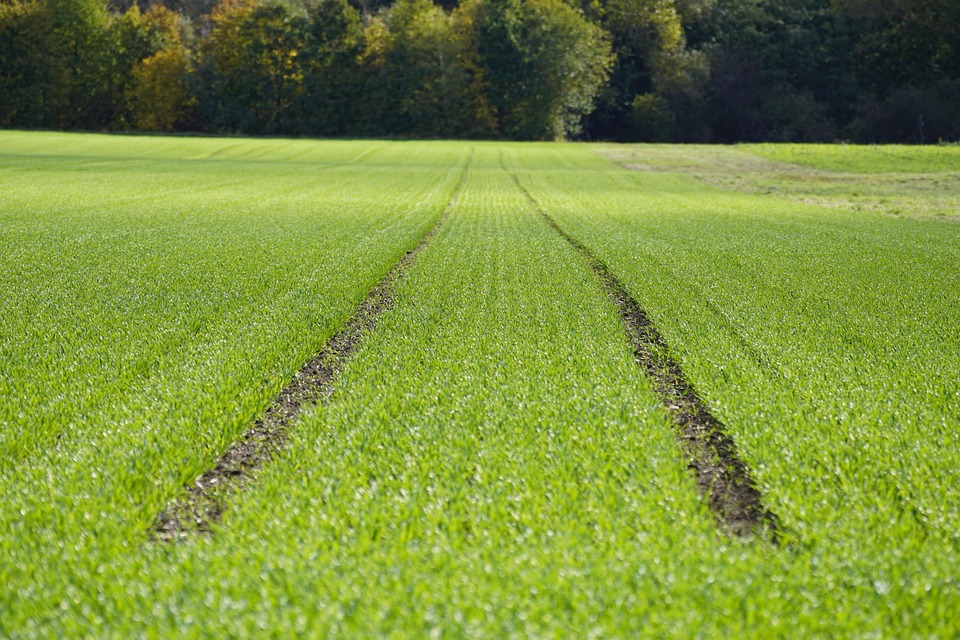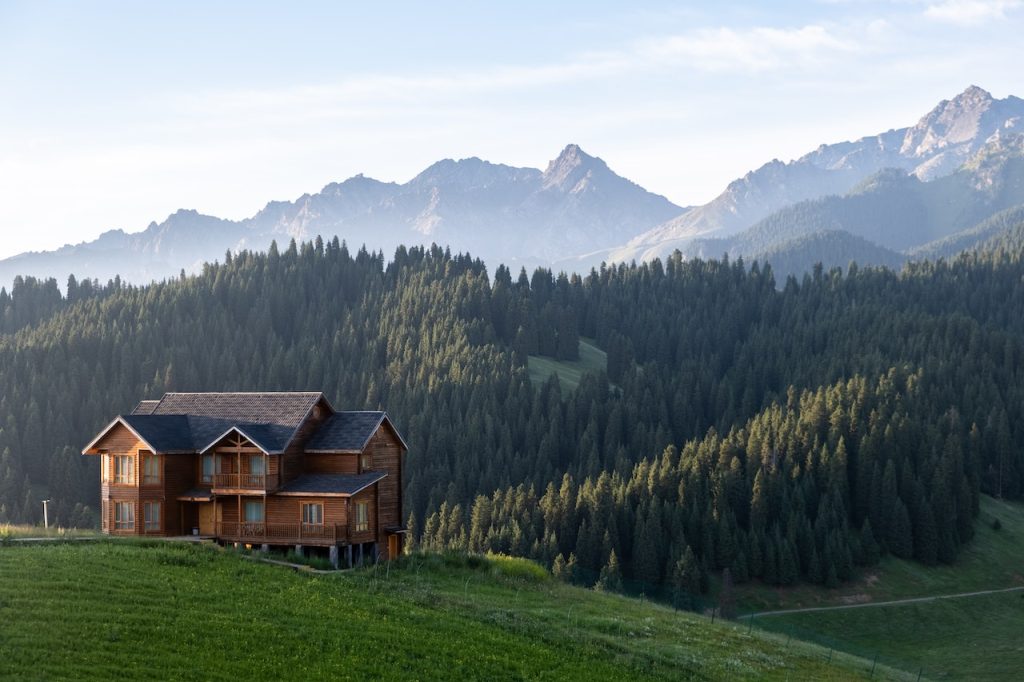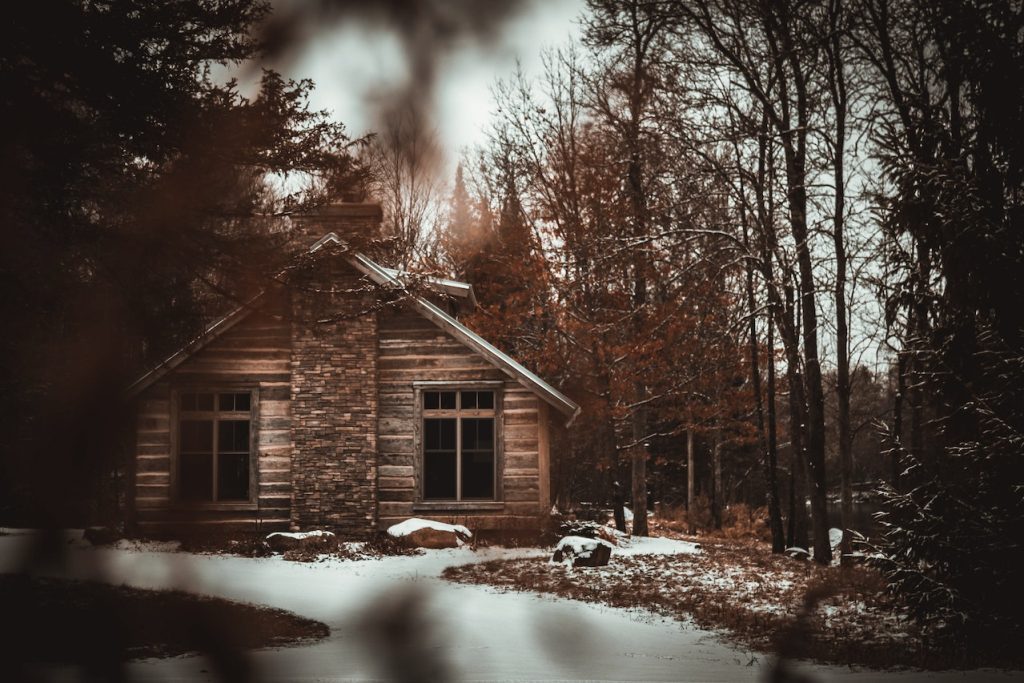### Pollinator Paradise: Sustainable Plants That Attract Beneficial Wildlife
Growing your own food can be one of the most fulfilling experiences in life, especially when you notice bees buzzing around your garden, butterflies fluttering by, and hummingbirds sipping nectar from your flowers. There’s a certain magic that happens when your garden becomes a haven for wildlife. A few seasons ago, I decided to transform my sprawling backyard into a Pollinator Paradise, a vibrant ecosystem teeming with beneficial insects and wildlife. It wasn’t just about aesthetics; it was about creating a sustainable environment where nature thrives alongside my gardening efforts.
### The Importance of Pollinators
Pollinators play a crucial role in the ecosystem. They are responsible for the fertilization of about 75% of the world’s flowering plants and a whopping 35% of our food crops. Some of their most famous representatives include bees, butterflies, moths, birds, and even bats. By creating a Pollinator Paradise, you not only enhance the beauty of your space but also support biodiversity, promote food security, and contribute to ecological health.
### Creating Your Pollinator Paradise
**1. Choose Native Plants:**
Native plants are adapted to your local environment and provide the best food sources for pollinators. They require less water, fewer fertilizers, and are more resilient to pests. Some great options include:
– **Echinacea (Coneflower):** These beauties bloom in a spectrum of colors and attract a variety of pollinators.
– **Monarda (Bee Balm):** With its vibrant flowers and minty fragrance, bee balm is a favorite among bees, butterflies, and hummingbirds.
– **Rudbeckia (Black-eyed Susan):** This sunflower family member adds a sunny touch while offering nectar and pollen.
**2. Plant in Clusters:**
Pollinators are more likely to visit clusters of the same plant rather than single specimens scattered throughout your garden. By planting in groups, you create an easy and efficient foraging ground. For example, a patch of purple hyssop can draw in both honeybees and hummingbirds.
**3. Incorporate a Variety of Colors & Shapes:**
Diversity in your garden is key. Pollinators are attracted to different colors and shapes of flowers. Aim for a mix of:
– **Flat flowers:** Like yarrow and astrantia, which offer easy landing spots for visiting insects.
– **Tubular flowers:** Such as trumpet vine, which appeal to hummingbirds.
**4. Provide Nirvana with Nectar and Pollen:**
Choose plants that provide ample nectar and pollen. Flowers such as:
– **Lavender:** A wonderful fragrance to your garden and a magnet for bees.
– **Asters:** Bloom late in the season, providing essential resources for pollinators preparing for winter.
### Water Sources Matter
It’s crucial to provide water sources for your pollinators. A birdbath, shallow dish with pebbles, or even a small pond can do wonders. Ensure the water is shallow enough for bees and butterflies to land on safely.
### Companion Planting
Companion planting can enhance your pollinator paradise. By strategically placing plants together, you can deter pests and encourage pollinators. For instance:
– **Carrots and Parsnips:** Plant these alongside your flowering herbs to attract beneficial insects.
– **Marigolds:** The vibrant orange and yellow hues not only attract pollinators but can also repel unwanted pests.
### Pro Tips for a Thriving Pollinator Paradise
1. **Avoid Pesticides:** Chemicals can harm beneficial insects. Use organic alternatives if necessary, and promote natural pest control through healthy biodiversity.
2. **Plan for Seasons:** Incorporate a selection of plants that bloom at various times throughout the growing season. This ensures that nectar is available from early spring to late fall.
3. **Create Habitat Features:** In addition to flowers, consider adding native grasses, shrubs, and even patches of bare soil for nesting sites. For instance, leaving a small area of bare earth can support ground-nesting bees.
4. **Inform and Involve:** Educate your neighbors about the importance of pollinators. Collaborating with your community can expand pollinator habitats.
### Embrace Wildlife Beyond Pollinators
Building your Pollinator Paradise encourages a broader spectrum of wildlife. Birds, frogs, and beneficial insects will flock to your flourishing ecosystem. Consider adding:
– **Birdhouses:** Create charming homes for local birds that can add beauty to your garden.
– **Insect Hotels:** Provide refuge for ladybugs and solitary bees, which are vital for pollination.
### Bonus Feature: Seasonal Must-Haves
**Spring:** Start with flowering perennials like columbine and bleeding hearts.
**Summer:** Sunflowers and zinnias bloom brilliantly and are irresistible to butterflies.
**Fall:** Plant asters and sedums to extend the blooming season and provide resources as pollinators prepare for winter.
### Conclusion: A Garden Alive with Joy
Creating a Pollinator Paradise offers more than just eco-friendly gardening; it creates a living, breathing ecosystem full of vibrancy and joy. Watching your garden come alive with bees buzzing, butterflies flitting, and birds darting by fills your heart with a sense of fulfillment and wonder. Every effort you make not only beautifies your piece of earth but contributes to the health of our planet.
Let your garden flourish! By planting sustainable species that attract beneficial wildlife, you can craft a Pollinator Paradise that resonates with the harmony of nature. Every flower you plant helps create a more sustainable world. So, lace up your gardening gloves, roll up those sleeves, and let’s cultivate not just plants but friendships with the beautiful pollinators that sustain us!



